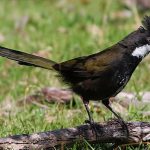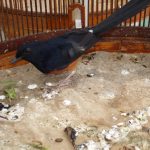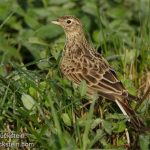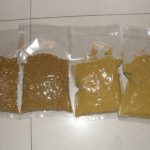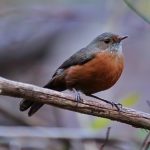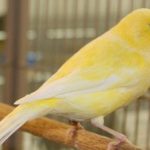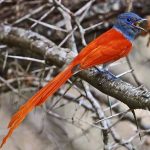Spotted quail-thrush

 |
| Photo by Patrick Ingremeau (Oiseaux) |
Common name:
spotted quail-thrush (en); tordo-codorniz-malhado (pt); cinclosome pointillé (fr); zordala manchada (es); fleckenflöter (de)
Taxonomy:
Order Passeriformes
Family Cinclosomatidae
Range:
This species is endemic to eastern Australia, being found from central Queensland to Victoria and Tasmania.
Size:
These birds are 24-30 cm long and have a wingspan of 32-40 cm. They weigh 85-145 g.
Habitat:
The spotted quail-thrush is found in dry forests and savannas, namely sclerophyll woodlands dominated by Eucalyptus trees with sparse understorey vegetation, and sometimes also in heathlands.
Diet:
They are omnivorous, taking insects such as beetles and grasshoppers, but also the seeds
of grasses, sedges, legumes and other plants. They are also know to eat small vertebrates.
Breeding:
Spotted quail-thrushes breed in August-November. The nest is a cup made of grass, leaves, bark, roots and twigs, placed on the ground, often in a shallow depression, in the shelter of a log or large stone, or at the base of a fern, shrub, tree or tussock of grass. There the female lays 2-5 stone coloured eggs with darker blotches, which she incubates alone for about 14 days. The chicks are fed by both parents and fledge around 14 days after hatching, but continue to receive food from the parents for a few more weeks. Each pair may raise 2-3 broods per season.
Conservation:
IUCN status – LC (Least Concern)
This species has a large breeding range and is reported to be local and generally scarce. This population is estimated to be in decline owing to ongoing habitat loss and degradation, but it is not considered threatened at present.

